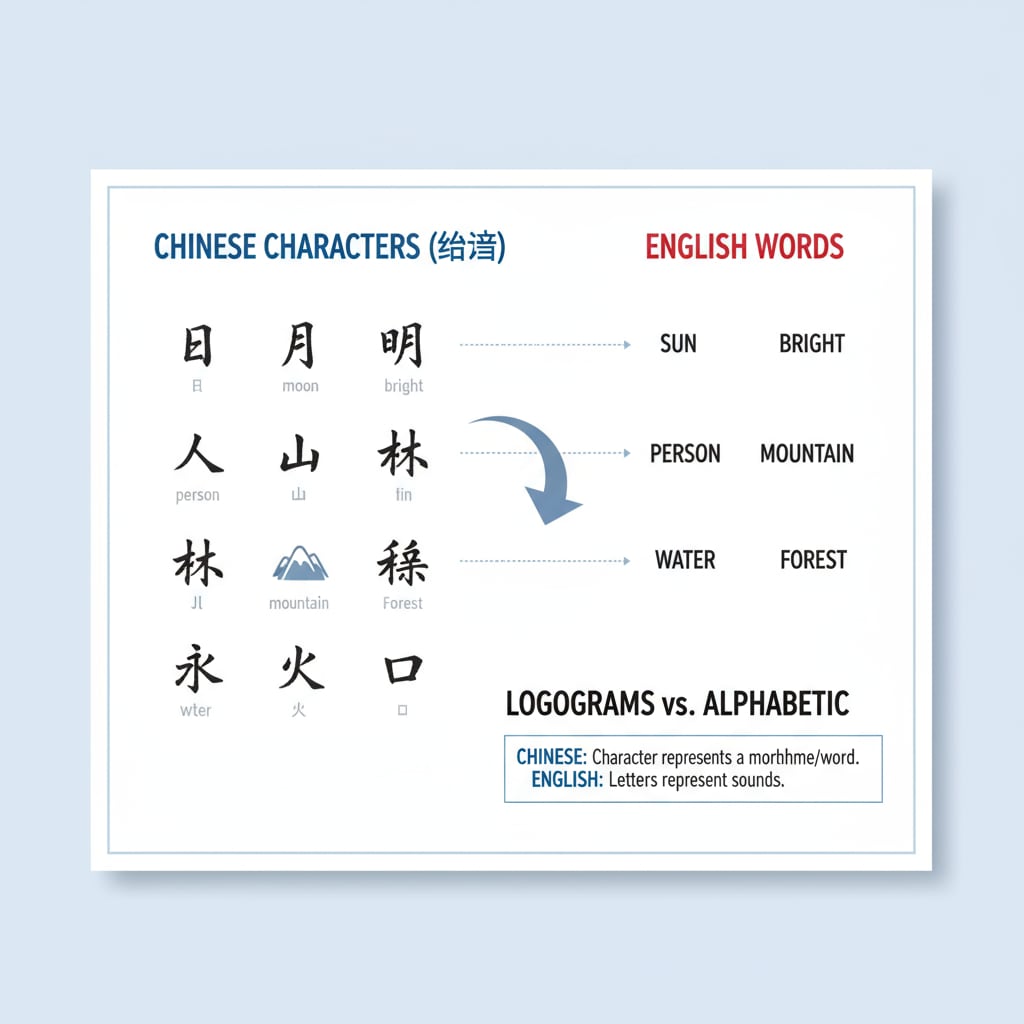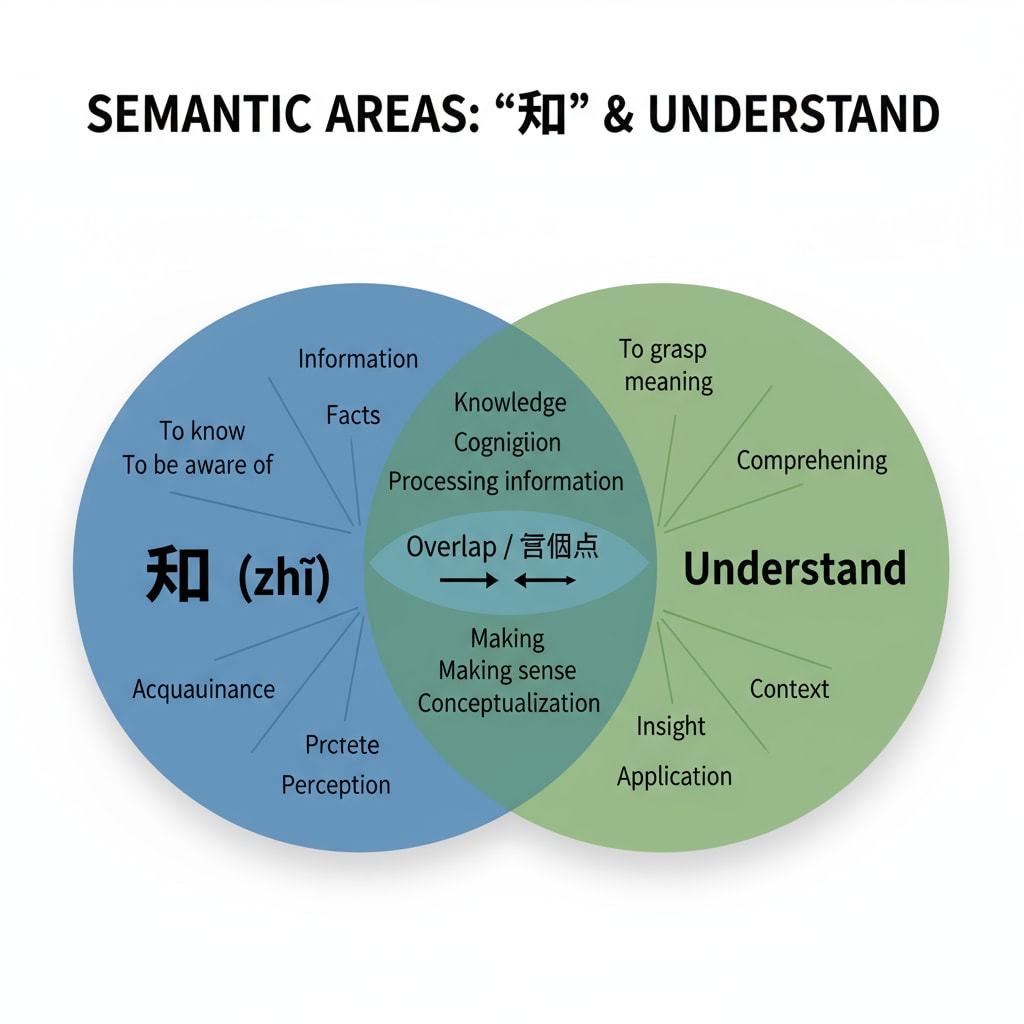The concepts of “知” in Chinese and “understand” in English, along with language differences and cultural thinking, play a significant role in how we perceive and acquire knowledge. These two seemingly similar terms actually carry distinct connotations deeply rooted in their respective languages and cultures, which in turn have a profound impact on educational concepts and practices, especially in the K12 context.

Linguistic Nuances of “知” and “Understand”
“知” in Chinese has a broad range of meanings. It can simply refer to having knowledge or being aware of something. For example, “我知道这个事实” (Wǒ zhīdào zhège shìshí), which means “I know this fact”. However, it can also imply a more superficial acquaintance. In contrast, “understand” in English implies a deeper comprehension, getting to the essence of an idea or situation. According to Wikipedia’s entry on the English language, understanding often involves making connections and grasping relationships within the knowledge. This difference in meaning shows the first layer of the language gap between the two.

Cultural Thinking Embodied in the Terms
Chinese culture, with its long history of emphasizing rote learning and memorization in the early stages of education, is reflected in the concept of “知”. Memorizing classic texts was seen as a way to accumulate knowledge. This approach is related to the cultural value of respecting traditions and the wisdom of ancestors. On the other hand, Western culture, as reflected in the concept of “understand”, promotes critical thinking and the ability to analyze and question. As Britannica’s entry on Western culture states, Western education encourages students to explore and form their own opinions. These cultural thinking differences shape the educational paths in different regions.
When it comes to K12 education, these disparities are evident. In Chinese classrooms, there is often a focus on mastering facts and formulas, with students being expected to recite and apply knowledge accurately. In English-speaking countries, classrooms tend to be more discussion-based, with an emphasis on students’ ability to think independently and express their understanding. However, it is important to note that both approaches have their merits.
Readability guidance: By looking at the linguistic and cultural differences between “知” and “understand”, we can see clear distinctions in educational thinking. Short paragraphs here help break down complex ideas. Each concept is presented simply, with a focus on the active voice to enhance readability. Transition words like “however” and “on the other hand” connect different points.
In conclusion, the comparison between “知” and “understand”, along with the associated language differences and cultural thinking, offers valuable insights for K12 education. By integrating the strengths of both Eastern and Western educational concepts, we can create a more comprehensive and effective educational methodology. This approach can better prepare students for a globalized world where diverse ways of thinking are not only respected but essential for success. The exploration of “知”, “understand”, language differences, and cultural thinking should continue to inform and shape the future of education.


